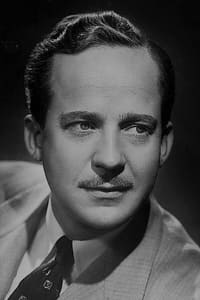The Friendship Train
Genres
Documentary
OverView
This short film details the history of the 'Friendship Train', created, following the end of World War II, to travel across the United States to collect food for war ravaged countries in Europe.
Others
Budget
$--
Revenue
$--
Status
Released
Original Language
English
Runtime
14 mins
Rating
0/10
Release Date
01 January 1948
Country
United States of America

